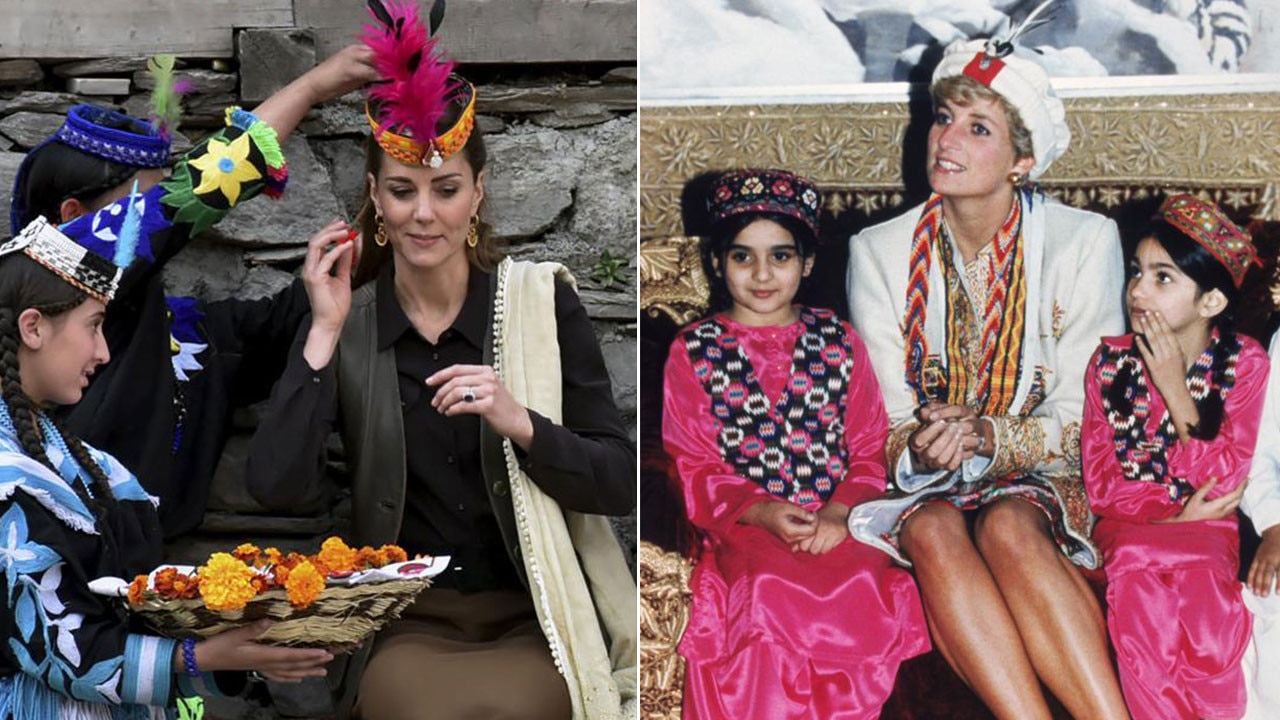French fear losing control of Louvre in the Middle East
Less than two months after opening, the Louvre’s $5.2m outpost in Abu Dhabi has become a tool of the ruling family, critics say.
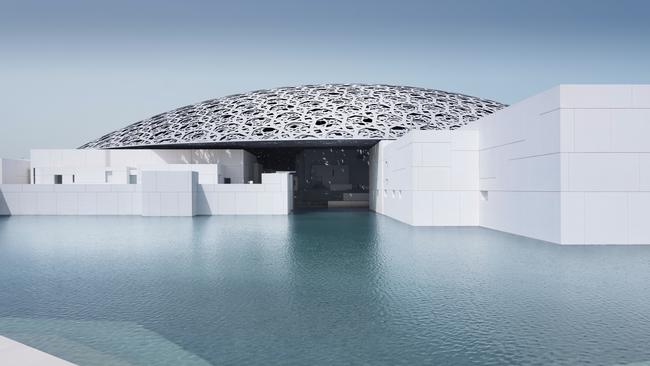
When the Louvre opened its first outpost in November, President Macron declared that the $5.2 billion museum in Abu Dhabi would be the repository of “creation, reason, intelligence and fraternity”.
Less than two months later, the custodians of one of the world’s most famous art collections are accused of losing control of the Louvre of the Sands, as it has been nicknamed, and becoming a tool in the hands of Abu Dhabi’s ruling Al Nahyan family, which also owns Manchester City football club.
Far from bringing Renaissance values to the Gulf, the new museum is enveloping the Louvre in Middle Eastern culture, critics have argued. Didier Rykner, founder of La Tribune de l’Art, an art news website, said: “The Louvre has been kidnapped by diplomatic issues in the Middle East. It’s scandalous.”
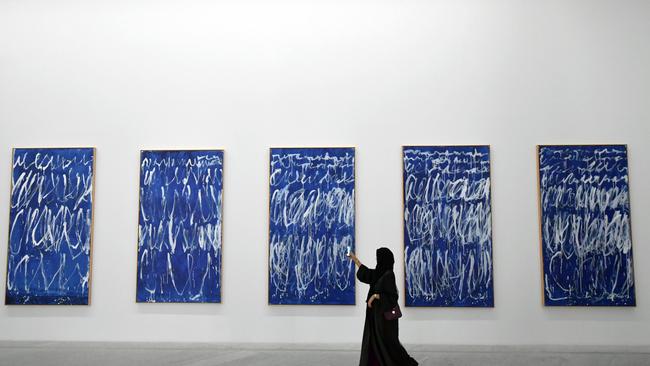
The criticism came after the Abu Dhabi gallery omitted Qatar from a map next to an exhibit. Officials claimed it had been an oversight, but detractors said it was a deliberate slight borne of the diplomatic row between Qatar and the United Arab Emirates, of which Abu Dhabi is the capital.
“It’s like publishing a map of France and leaving off Brittany,” Mr Rykner said. “No one seriously believes it was a mistake.”
The omission showed that the Louvre had little control over the Arab museum to which it has lent its name, he said. His concerns are shared by Jean Lebrun, a historian and radio presenter, who said Mr Macron had fallen into a trap laid by Abu Dhabi’s “ruling clan”.
He said: “At the precise moment that it is extending its absolute monarchy, Paris has declared it to be the guarantor of tolerance and progress.”
Concerns first arose when the Louvre Abu Dhabi said that it was due to exhibit Salvator Mundi, the painting by Leonardo da Vinci which sold for a record $US450.3 million in November.
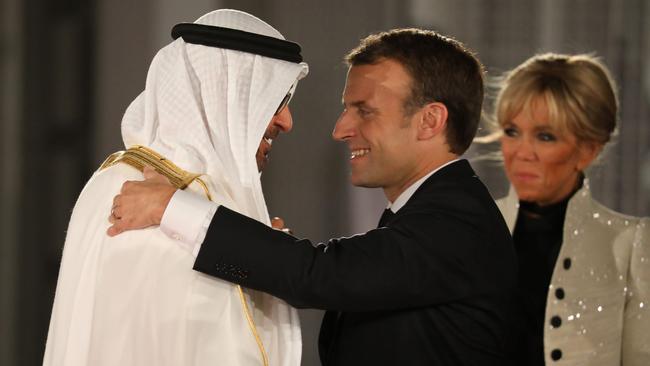
The buyer was reported to be Bader bin Abdullah bin Mohammed bin Farhan al-Saud, a Saudi prince who is close to Saudi Arabia’s crown prince, Mohammed bin Salman. Prince Bader is thought to have acquired the work for Abu Dhabi, although there has been no official confirmation.
Alexandre Kazerouni, a researcher at the Institute of Political Studies, Paris, said France was “not informed about this purchase, about which we know nothing of the details. This is a sign that the UAE authorities have politically appropriated the museum.”
The Arab world’s first universal museum was borne of a treaty between Paris and the UAE in 2007. France lent 300 artworks, including Monet’s La Gare Saint-Lazare, Leonardo’s La Belle Ferronniere and Edouard Manet’s The Fife Player, along with cultural expertise and the Louvre’s brand, for 30 years.
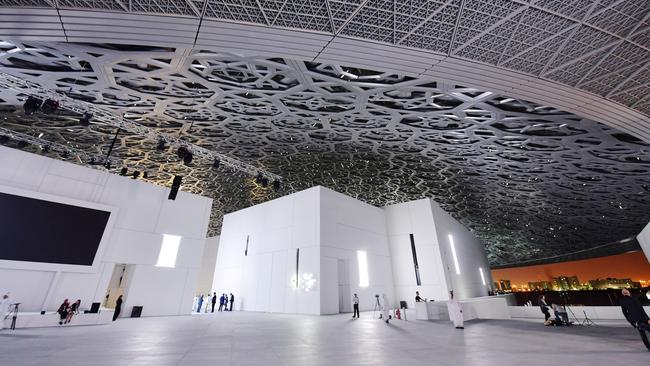
In return, Abu Dhabi agreed to pay euros 400 million euros ($AUD612m) for the right to use the name, along with other fees that could push the total sum up to 1.3 billion euros ($AUD2b). The treaty says the museum will “work towards a dialogue between the East and the West, with each party respecting the cultural values of the other”.
Mr Rykner said: “Jean-Luc Martinez [the Louvre’s president] is very afraid of upsetting the authorities in Abu Dhabi, so he lets them do what they like.”
The Louvre declined to comment.


